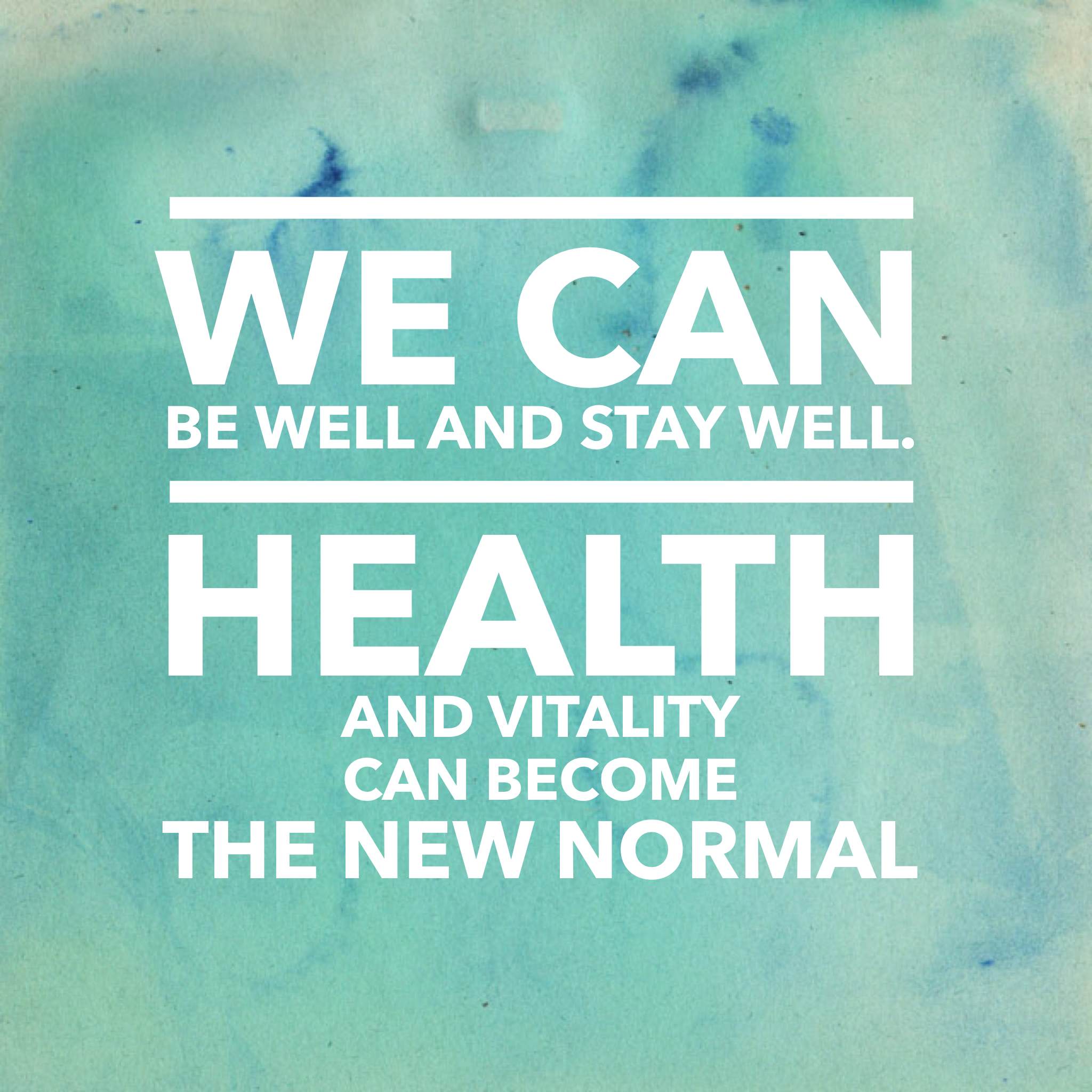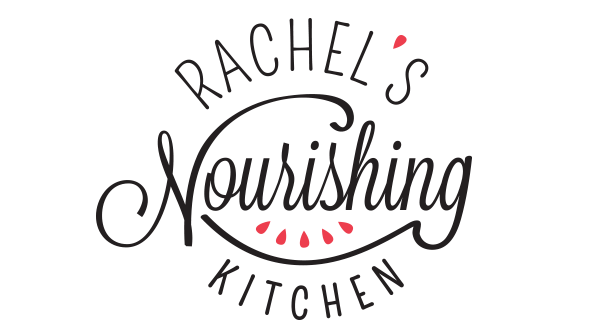What makes someone a “good” doctor?
Do they fill a prescription for you without needing to see you?
Do they give you their cell phone number?
Are they available after hours?
Do they have short wait times?
Maybe you answered, “yes” to all of those questions.
I would like to suggest we ask more important questions.
Do they help you stay well?
Do they optimize your health?
Do they explore the root causes of your symptoms?
Do they treat you like a person instead of a patient?
Think about yourself for a moment.
Do you ever deal with headaches? Fatigue? Bloating? Sore throat? Anxiety? Indigestion? Constipation? Allergies? Bronchitis? Sinus infections? Acne? Joint pain? A cough that won’t go away?
For the most part, when we’re feeling unwell, we either self-medicate using sites like TreatHeadaches which offers tonnes of advice on how to deal with all kinds of headaches and migraines, or seek the help of a physician. We schedule an appointment, spend more time in the waiting room than in the doctor’s office, and often walk out with a prescription or a referral.
We temporarily “get better”…until we get sick again.
I don’t envy doctors. They are in a tough spot these days. It’s almost as hard for them as it is for hospitals that have to recruit them. However, this task can be made easier if you use a service like Avidian Recruitment in order to find the best doctors to fill vacancies.
They are tasked to do more with less, follow time-consuming and often complex protocols mandated by the insurance industry, and are so overbooked they have limited time to spend with each patient. I believe most of them have chosen health care as their profession because they genuinely want to impact lives and help people.
But, as patients, we’re not feeling heard.
An analysis from the journal Family Medicine found patients speak for an average of only 12 seconds before being interrupted by resident physicians. Over the course of the average 11-minute visit, the patient typically gets only four minutes of airtime.
Four minutes.
That’s less than the commercial break of your favorite TV show.
We’ve accepted that this is okay.
But it’s not.
The current system isn’t working.
Doctors’ hands are tied, as they aren’t reimbursed for spending an hour with patients to gather what could be key information that could ultimately help them identify the root cause of their illness. Not only that, but a majority of the current medical school training is geared toward disease progression, diagnosis and treatment, not prevention and healing. As a result, many of us remain in a state of less than optimal health and accept that as reality.
It’s “normal” to have headaches, get the flu, and be tired every day…isn’t it?
We can come up with reasons why we feel the way we do. But, what I’ve learned by listening to dozens of people’s stories is the importance of listening to the whispers our body sends us.
I’ve learned this in my own life. I had deemed it “normal” to get ear infections every year. At one point in my life it was “normal” to have a surgery on a bi-annual basis; I had six before the age of 16 to “fix” issues in my ears and sinuses. It was “normal” to get bronchitis twice a year for over five years. It was “normal” to have acid reflux every day and take medicine for it for ten years.

I didn’t question any of it for the longest time.
And neither did the nearly one dozen doctors I was seeing.
As I started to reflect, learn more about the body as an integrated system, and have conversations with people who had healed themselves, I started to realize that “dealing with it” wasn’t my only option.
About three years ago, as I learned more about the pivotal role of food in helping us be well, I started becoming frustrated by the conventional, diagnose-and-treat health care system and the physicians in it.
Why were none of them asking about me and my life? What I was eating? What might be at the root of why I was seeing them?
They were quick to prescribe a medication, send me to another specialist, or run another diagnostic. And, to be honest, like most patients, that’s what I thought I wanted.
“Just give me the quick fix, doc.”
None of them offered me what I needed most at the time.
Permission to ask questions.
A listening ear.
Time.
Hope.
Hope that I could be well.
Hope that I wasn’t “destined” to take medication for the rest of my life.
Hope that my body was resilient and wanted to be well; if only I would get out of its way.
It was during that time that I started parting ways with doctors who had been diagnosing and treating me for most of my life, masking symptoms without attempting to get to the root of what was wrong.
I met a few holistic health coaches, who first opened my eyes to the potential for healing as a result of their education and their own healing journeys. I experienced the benefits of “removing the tacks” myself (eliminating trigger foods like dairy) and noticed how quickly my body responded.
The first winter I went without congestion stunned me. Could it be possible? Did I not have to deal with these recurring health issues all the time?
Over the next year, I would be introduced to and served by a number of health care practitioners who would change my life, help me regain and restore my health and vitality, and influence the direction my career has taken.
They helped me listen to my body’s whispers.

From a local chiropractor trained in integrative health to my integrative medicine doctor / acupuncturist and functional medicine nutritionist to the latest addition to my health care team, an integrative medicine dentist, I now feel heard.
They know me as a person, not a patient.
They ask me questions instead of just telling me what to do.
They spend time with me rather than rushing me out the door.
They understand the body as an interconnected system, not a disjointed set of symptoms.
They are humble and don’t assume they know it all; they encourage me to tap into my intuition and signals my body is sending me.
A lot of people turn to alternative healing methods as a new way of treating mental health issues as well as other illnesses. For example, a good friend of mine uses CBD oil as a way of combatting her anxiety and depression. You can Read More about the potential health-boosting benefits of CBD oil on websites such as myriamshopehemp.com.
I am healing.
I have hope.
So, what about you?
Have you been to a doctor for testing because you’ve felt something isn’t right but were then told, “Everything’s fine!”…even though you know it’s not?
Are you feeling like something is “off” but don’t know who you can turn to to help you figure it out?
Do you want to partner with a practitioner who will listen, seek to understand you, spend time with you, and help you heal and find hope in your situation?
I’m not willing to wait for the health care system to figure this out. It could take a very long time. Instead, I’m taking my health into my hands and am encouraging you to do the same.
If you live in the Baltimore area, here is a list of practitioners I trust, who will listen to you and help you get to the root of what’s wrong. If you’re outside of this area, use this link from the Institute for Functional Medicine to find a “root cause” practitioner in your area.
Whatever you do, hold on to hope.
Believe healing is possible.
And remind yourself of this truth.

Like this:
Like Loading...



















